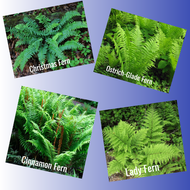How to grow your own ferns
Jan 16, 2021
Grow your own ferns
There are many species of fern grown all over the world. Approximately there exist more than 12000 species, which are produced globally. Among this species, a category doesn’t use seeds for reproduction. Reproduction by seeds requires the first pollination to occur, as it is the case for other plants. Instead, they use spores for reproduction. Spores are units for reproduction. They have small dots, which are dropped on the ground. On many occasions, many spores are dropped, but only a few can grow. For a fern plant to grow, it requires an ideal condition, limiting the number of spores that will grow after being dropped on the ground. For more than 300 million years, ferns have been easily recognizable because of their appearance. They have leaves like that is lace-like, called fronds.
To fully understand how different species of fern grow, it is vital to know both their characteristics and their specific needs. Some ferns are giant since they form giant trees. On the other hand, some ferns rarely reach an inch in their height. Some fern prefers to be kept in a dry place with dry soil, while others thrive well in a moist place or conditions. It implies that each fern will call for a specific treatment depending on their unique needs.
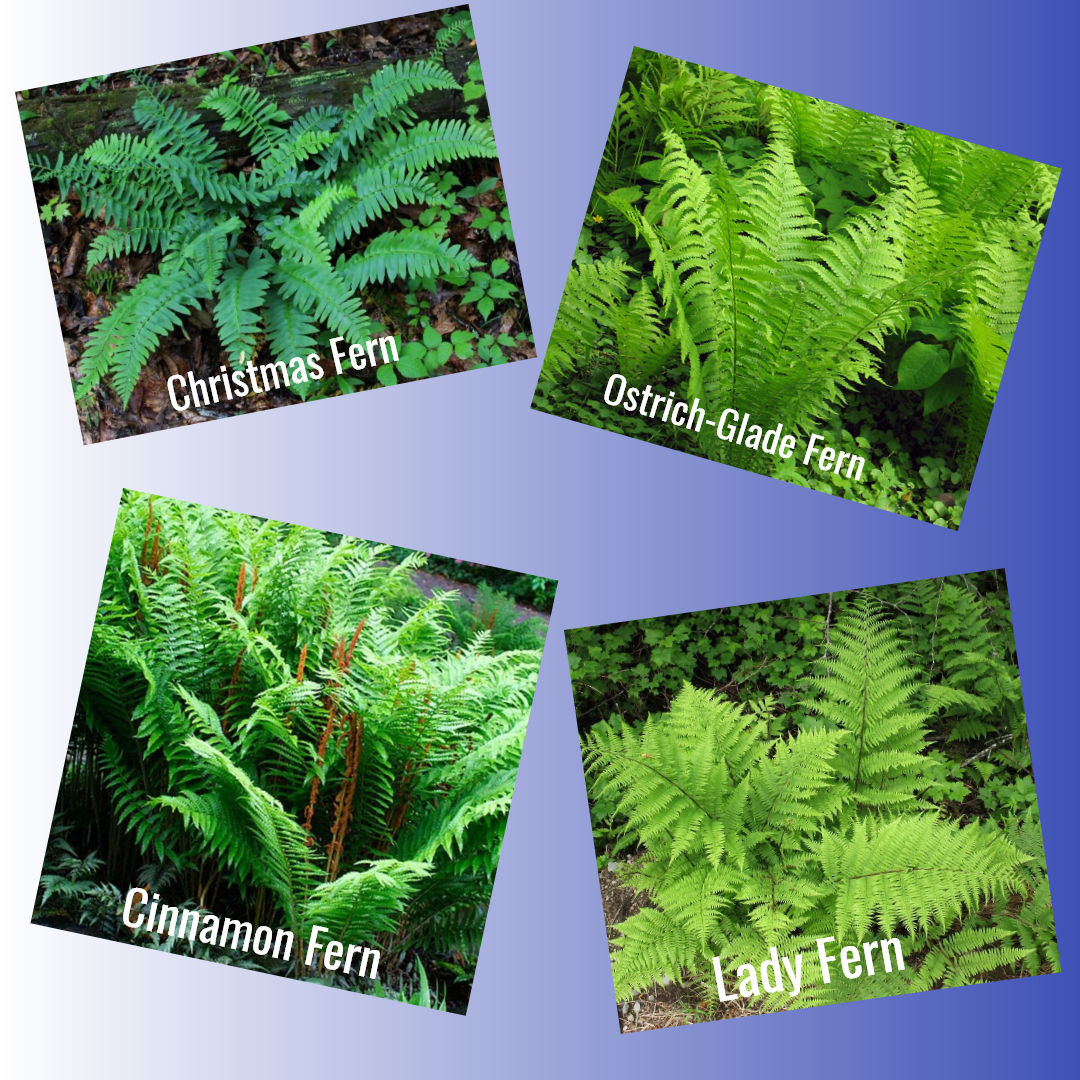
How to Grow Ferns
To grow ferns in your garden, you will need to select a place that has shade and moist, well-drained soil. To space, one fern from another will depend on the type of fern that you are planting in your garden. Some fern will require to be widely spaced, while others will require a small space. Also, it is essential to supervise your ferns as they grow. Since ferns proliferate, they may end up growing in places they are not supposed to grow.
Some of the requirements for a fern to flourish is,
A controlled amount of light
Many species of ferns that exist will require a place that is shady instead of direct sunlight. Tree shade is the best for growing ferns since it allows some controlled amount of light to pass through. However, other species of fern can handle light that comes directly from the sun. These species will thrive in these conditions because the direct sunlight helps them to have enough moisture for their growth. The lady fern and ostrich fern like shade.
Nature of soil
The type of soil to grow fern should be well-drained and also moist. Most ferns grow well in soil that has those requirements. Also, the type of soil acidity is vital in the growth of ferns. As much as most ferns require a kind of soil that is weakly acidic to neutral, other ferns may need alkaline soil. For instance, the maiden fern will thrive only in alkaline soil.
Adequate water supply
While growing at home, ferns will need to have an adequate water supply regularly, especially during dry seasons. Another way to ensure that your soil is moist is by applying mulch on the soil. Mulch will help the soil to be moist at all times. However, it varies how you use water when it is indoors and outside. An indoor fern will require a slight amount of water but regularly, while the outside one will need a lot of water.
Fertilizer Application
Fertilizer is not an essential requirement for a fern to grow, but it is needed to grow faster. You can mix fertilizer with the soil during the early stage of planting, but you will have to be cautious when applying the fertilizer to avoid overfeeding the soil since it might pose a severe threat to its growth.
The best types of ferns for growing indoors
Ferns can also grow inside but with a particular treatment, since inside the house is characterized mostly by low humidity. Most ferns do not thrive in low humid conditions. To improve your home's humidity levels, you can apply some techniques such as misting or using pebbles in the pot, you have placed the ferns. You should also add sufficient water to be evenly distributed inside the pot, especially at the bottom. Some ferns are recommended to be grown indoors because they can handle low humidity. Some known ferns include the Boston fern, Holly Fern, Sword Fern, and Rabbit’s Foot Fern, among other fern types.
The Christmas fern is a beautiful evergreen fern.
Some of the benefits of growing ferns in your home
Ferns grew at home to give your landscape a wild look, a unique view for people to see. Also, ferns appear in many colors and sizes. You can select the color of your choice and size when growing your fern, creating a beautiful scenery.
Ferns can also fit an open area in your garden since they multiply and spread faster, thus giving a fern a better look. Since they require less supervision, it gives you time to manage other activities instead of looking after the ferns all the time.

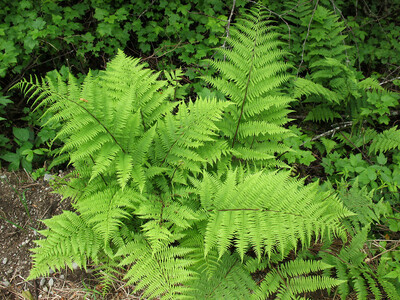 Native Ferns
Native Ferns
 Native Mosses
Native Mosses
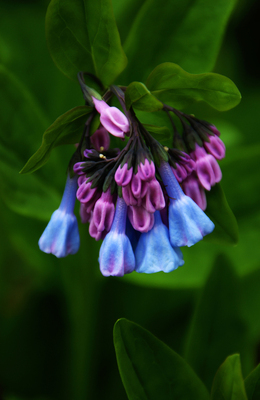 Native Perennials
Native Perennials
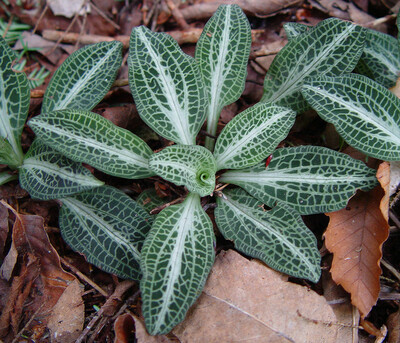 Native Ground Covers
Native Ground Covers
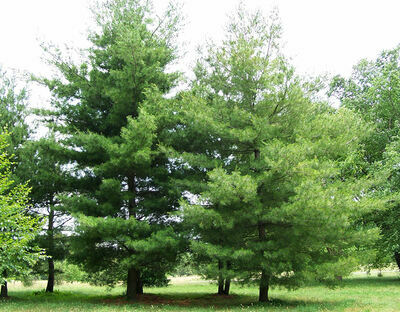 Native Trees
Native Trees
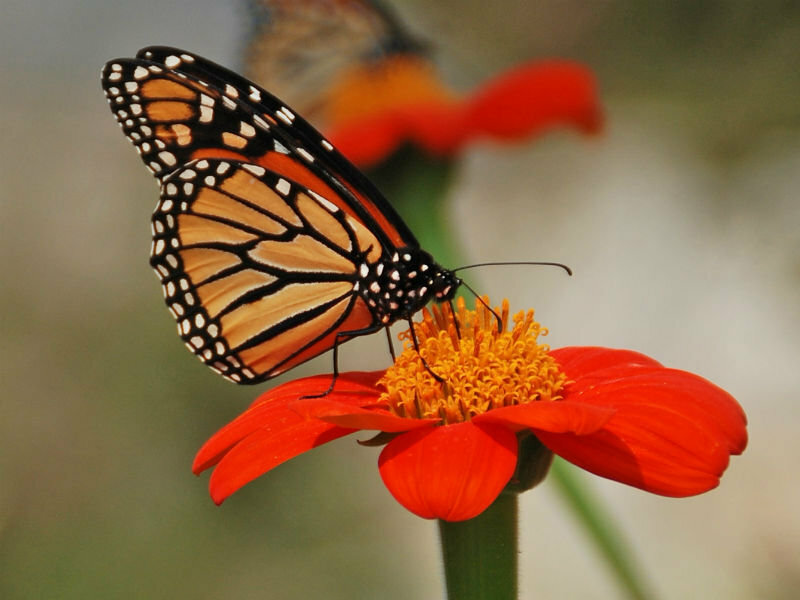 Pollinators
Pollinators
 Shop Bloom Color
Shop Bloom Color
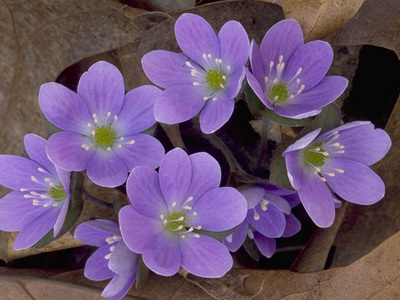 Perennials By Zone
Perennials By Zone
 Medicinal Herb Plants
Medicinal Herb Plants
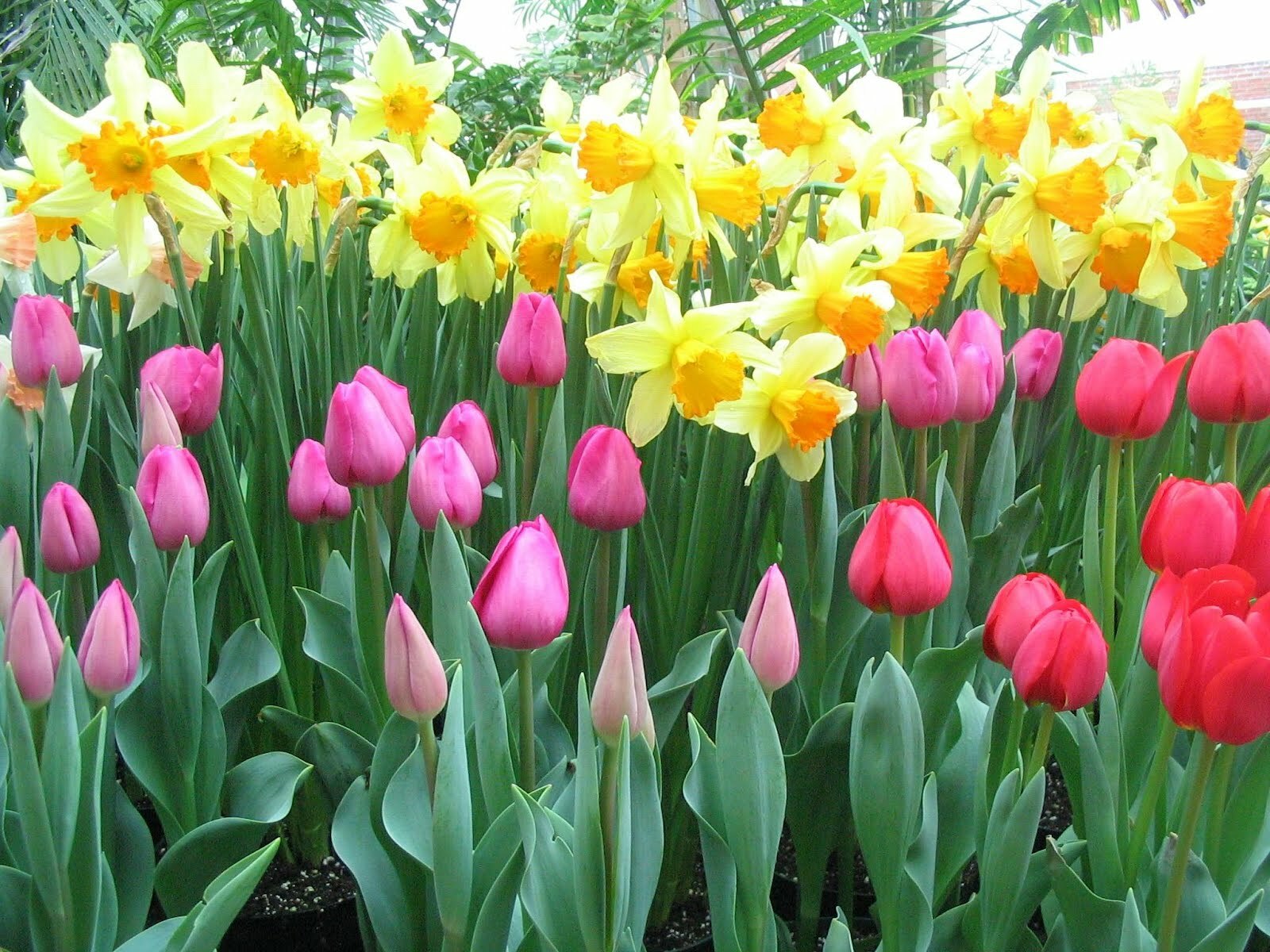 Spring Bulbs
Spring Bulbs
 Trillium
Trillium
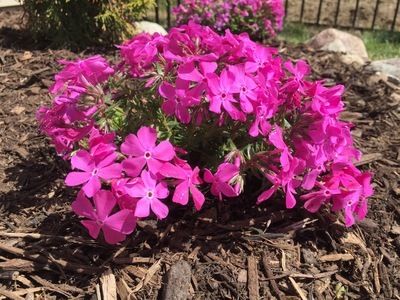 Shop By Zone
Shop By Zone
 Flowering Groundcovers
Flowering Groundcovers
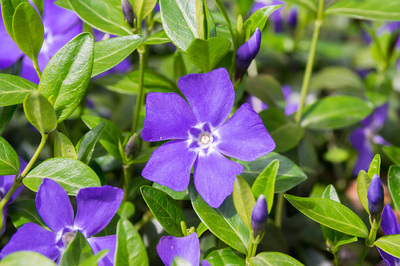 Evergreen Groundcovers
Evergreen Groundcovers
 Ferns for Zone 3
Ferns for Zone 3
 Ferns for Zone 4
Ferns for Zone 4
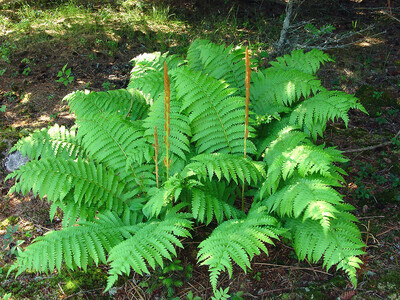 Ferns for Zone 5
Ferns for Zone 5
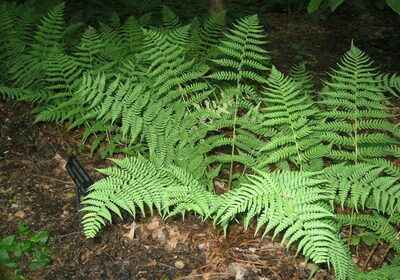 Ferns for Zone 6
Ferns for Zone 6
 Ferns for Zone 7
Ferns for Zone 7
 Ferns for Zone 8
Ferns for Zone 8
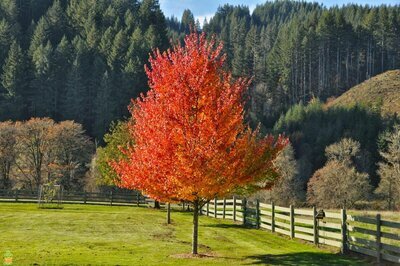 Shop Trees By Zone
Shop Trees By Zone
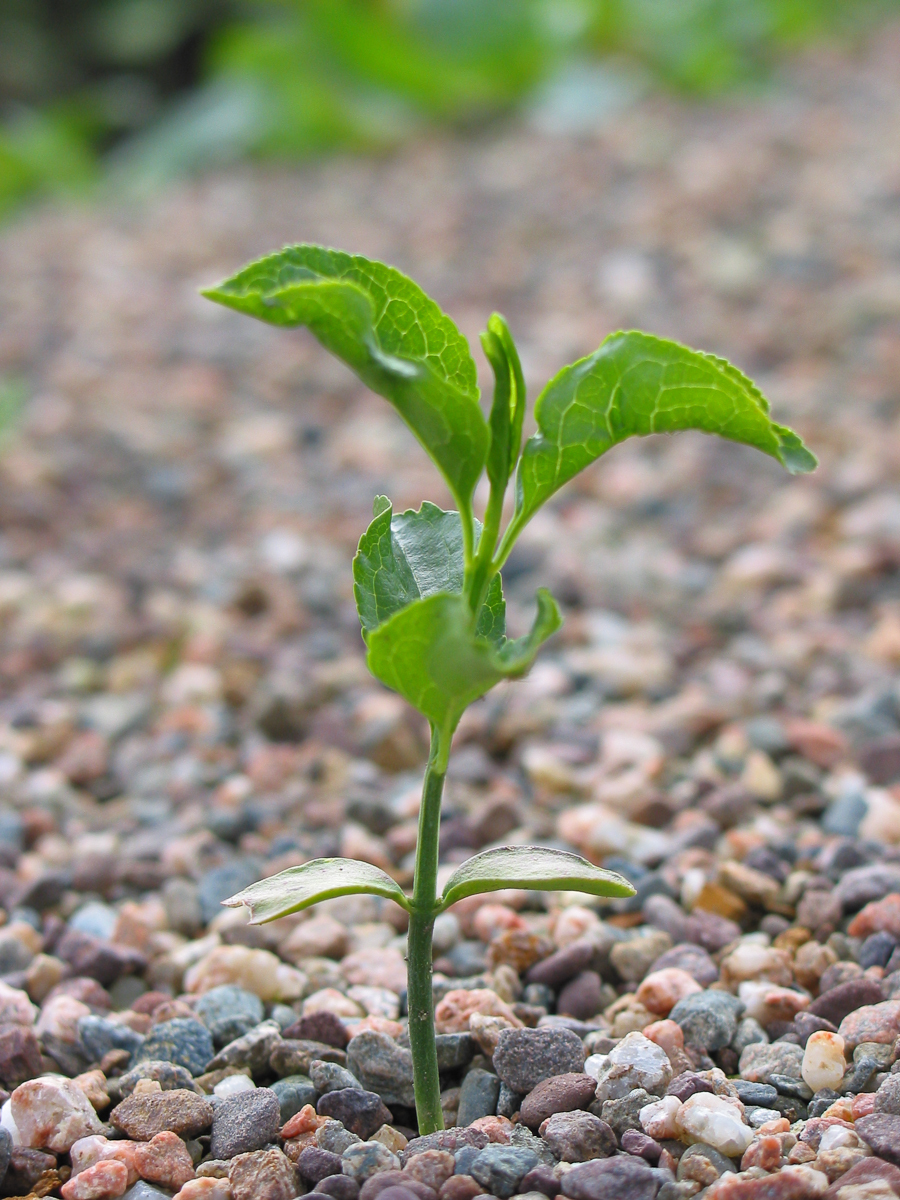 Tree Seedlings
Tree Seedlings
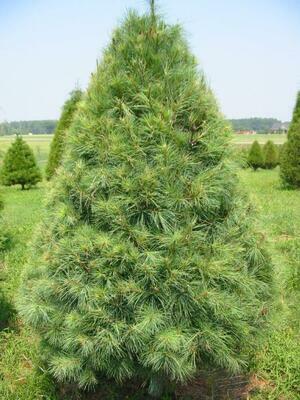 Fast Growing Trees
Fast Growing Trees
 Pine Trees
Pine Trees
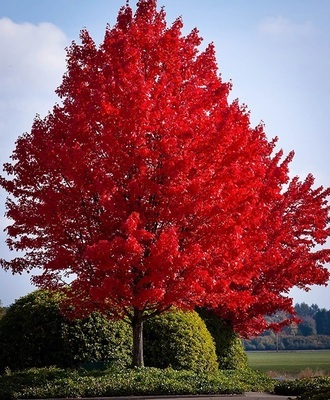 Live Stakes
Live Stakes
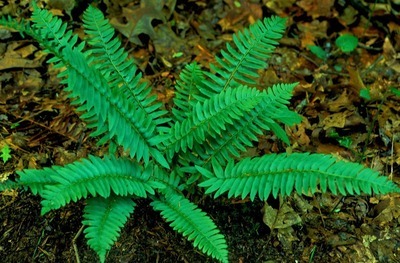 Evergreens
Evergreens
